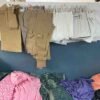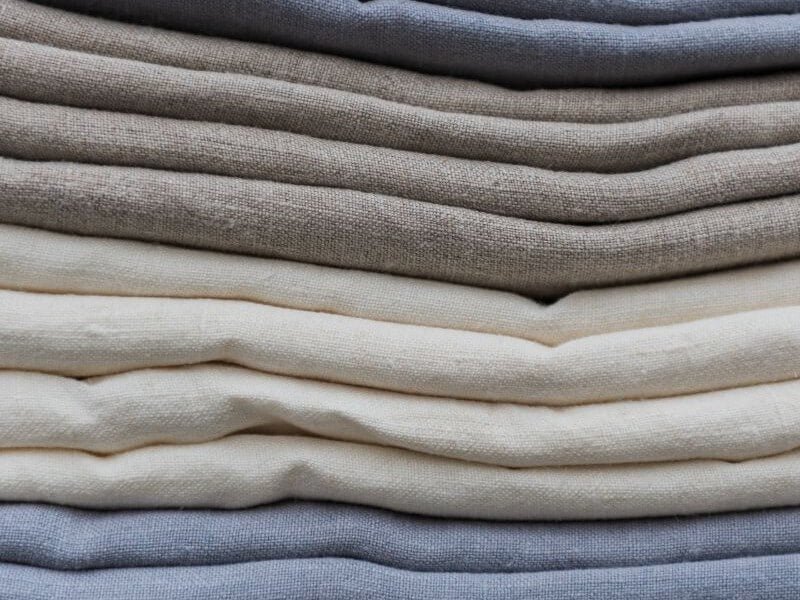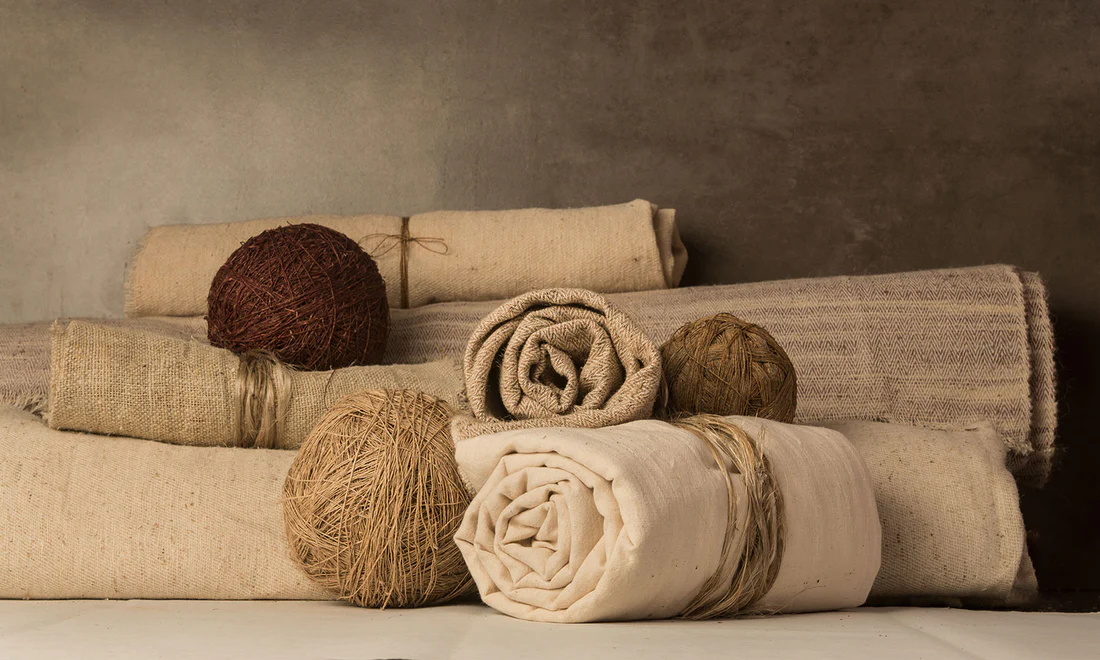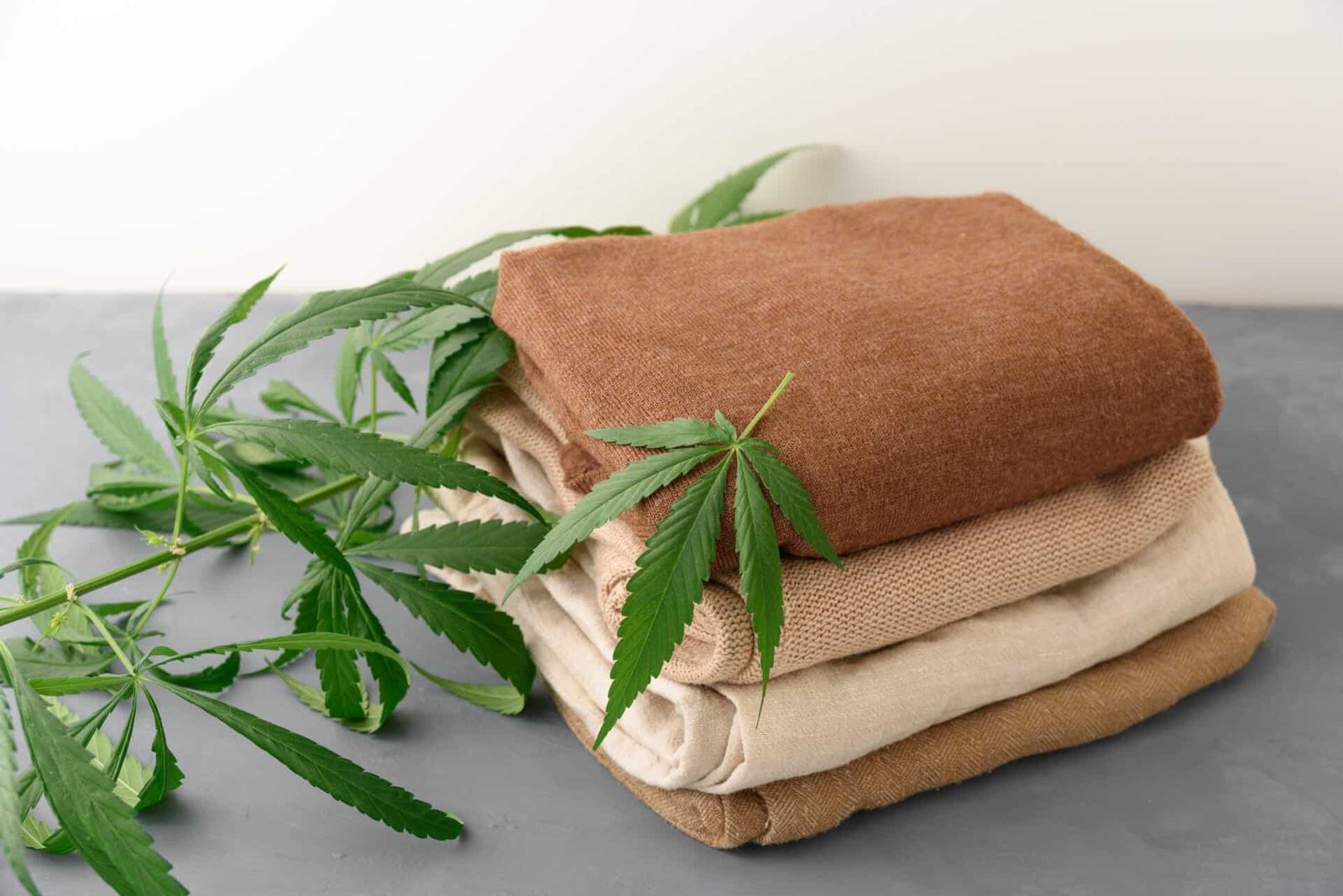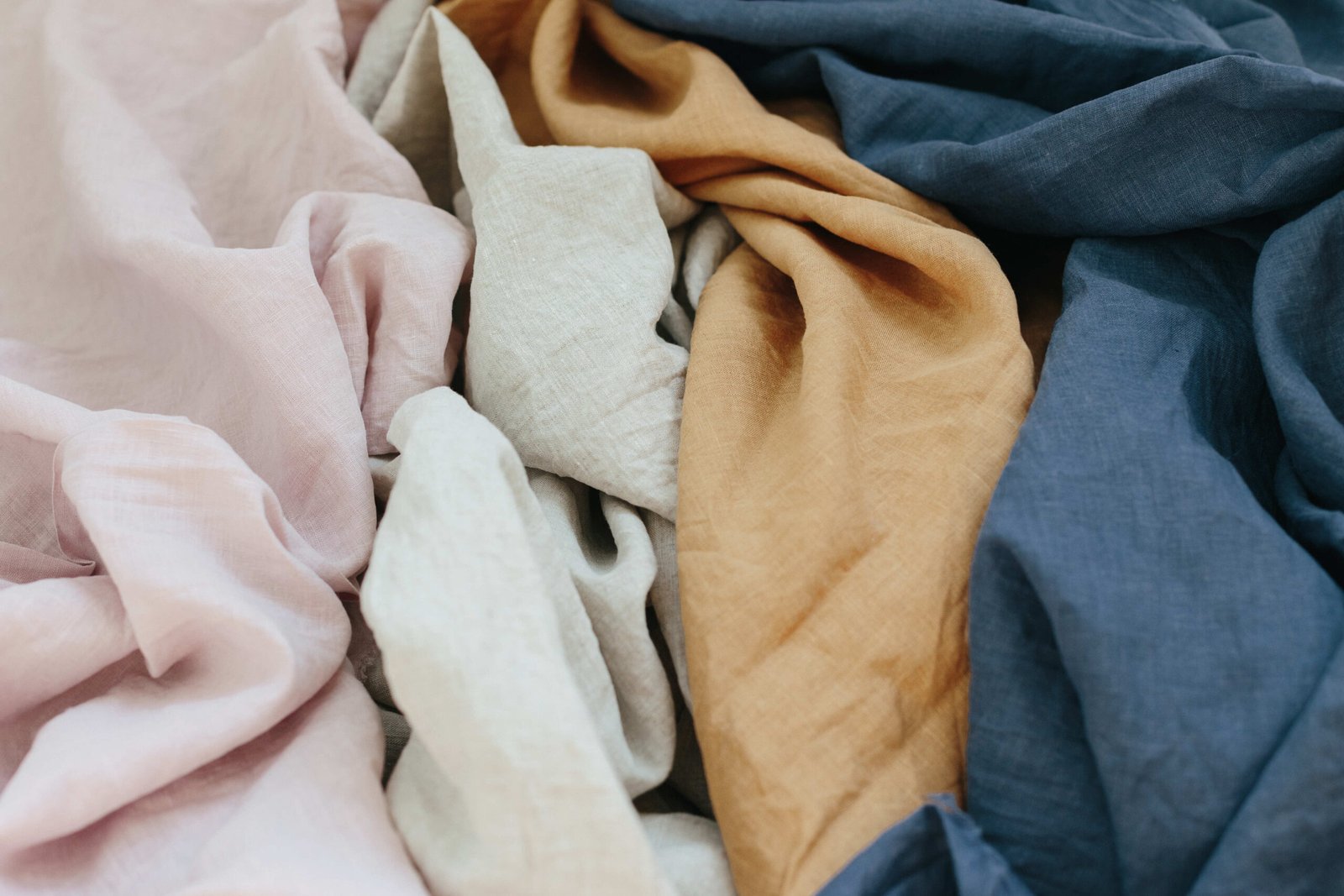The global textile industry is experiencing unprecedented challenges, from fluctuating raw material prices to reduced consumer demand due to economic slowdowns. In India, one of the largest textile producers in the world, these pressures are being felt even more deeply. However, there is a rising hope in the form of hemp fabric—a sustainable, durable, and eco-friendly alternative that could revolutionize the sector. For businesses and consumers seeking greener choices, Echoearth is leading the way in promoting hemp-based textile solutions.
Hemp has been used for thousands of years, but its potential in India’s modern textile market is just beginning to be realized. With global supply chains disrupted and an urgent call for sustainable manufacturing, the question arises—could hemp save India’s textile industry and make it more resilient against future economic uncertainties?
1. The Current Challenges in India’s Textile Industry
The textile industry in India has been facing multiple hurdles:
-
Rising raw material costs due to cotton shortages and increased synthetic fiber prices.
-
Global slowdowns reducing demand for exports.
-
Environmental concerns leading to stricter production regulations.
-
Dependency on imports for certain fabrics and dyes.
These challenges are forcing manufacturers to look for alternatives that are both cost-effective and environmentally sustainable. This is where hemp in the textile industry could be a game-changer.
2. What Makes Hemp Unique?
Hemp is a natural fiber derived from the stalks of the Cannabis sativa plant. Unlike cotton, which requires heavy pesticide use and consumes vast amounts of water, hemp is highly sustainable. Some of its benefits include:
-
Low water consumption compared to cotton.
-
No need for chemical pesticides, reducing environmental damage.
-
High durability and breathability, making it ideal for multiple clothing types.
-
Faster growth cycles, enabling more frequent harvests.
For companies like Echoearth, hemp represents not just a fabric, but a pathway to a more sustainable textile future.
3. Could Hemp Revitalize India’s Textile Industry?
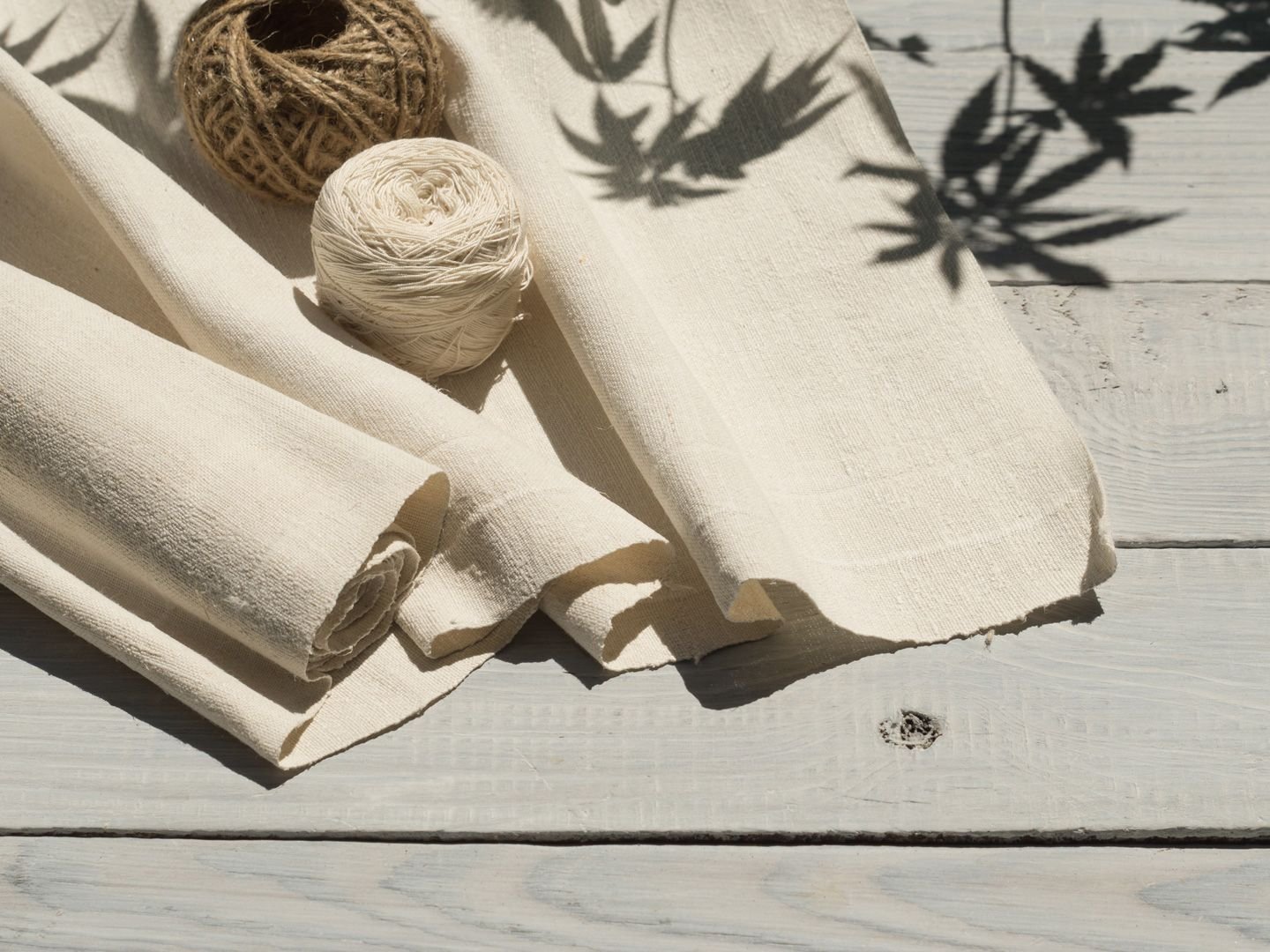
The answer is a resounding yes—if adopted on a large scale, hemp could address many of the industry’s current challenges.
-
Cost Stability – Hemp cultivation is less affected by climate fluctuations, ensuring stable raw material supply.
-
Export Potential – Global demand for sustainable fabrics is rising, especially in Europe and North America.
-
Job Creation – Hemp farming and processing could open new employment avenues in rural India.
-
Reduced Import Dependency – Local hemp production means fewer imports of synthetic or specialty fabrics.
By integrating hemp into mainstream manufacturing, the textile industry in India could strengthen both domestic and export markets.
4. The Global Hemp Market Outlook
The global hemp textile market is projected to grow significantly over the next decade. Countries like China, the USA, and Canada are already investing heavily in hemp production. India, with its favorable climate and agricultural expertise, is well-positioned to compete in this growing market.
Brands worldwide are shifting towards eco-friendly fabrics, and hemp’s superior strength and sustainability make it an attractive choice. With support from industry leaders like Echoearth, India could establish itself as a top global supplier of hemp fabric.
5. Hemp vs. Traditional Textiles: A Comparison
| Feature | Cotton | Polyester | Hemp |
|---|---|---|---|
| Water Usage | High | Low | Very Low |
| Pesticides | High | Chemical-based | None |
| Durability | Moderate | High | Very High |
| Sustainability | Low | Low | High |
| Comfort | Soft | Less breathable | Softens with use, breathable |
This comparison highlights why hemp in the textile industry could outperform traditional options.
6. Overcoming the Challenges of Hemp Adoption in India
Despite its benefits, hemp adoption faces some hurdles:
-
Legal Restrictions – Although industrial hemp contains negligible THC, regulatory clarity is still needed.
-
Processing Infrastructure – India needs more hemp-specific processing plants.
-
Awareness Gap – Many manufacturers and consumers are unaware of hemp’s advantages.
With policy support and initiatives from sustainable fabric leaders like Echoearth, these barriers can be overcome.
7. Echoearth’s Role in Promoting Hemp Textiles
At Echoearth, we are committed to creating a greener future through hemp fabric innovation. Our mission is to educate, promote, and supply sustainable hemp fabrics that meet international quality standards.
We work closely with farmers, designers, and manufacturers to:
-
Provide ethically sourced hemp.
-
Support eco-conscious clothing brands.
-
Promote sustainable textile manufacturing in India.
By leading the way in hemp textile solutions, Echoearth aims to inspire a nationwide shift towards sustainable fashion.
8. The Future of Hemp in India’s Textile Industry
If India embraces hemp, the benefits could be transformative:
-
Stronger global competitiveness.
-
Reduced environmental footprint.
-
Higher profit margins for manufacturers.
-
A reputation for leading in sustainable fashion.
The textile industry in India has an opportunity to reinvent itself—not just to survive global slowdowns, but to thrive in a sustainable future.
Conclusion
So, could hemp save India’s textile industry amid global slowdowns? The evidence suggests it can. With its durability, sustainability, and economic potential, hemp is more than just an alternative—it’s a necessity for the future.
As global markets shift towards eco-friendly products, Echoearth is at the forefront of this green revolution, offering premium hemp fabrics for a better, more sustainable tomorrow. For manufacturers, retailers, and conscious consumers, hemp could very well be the key to revitalizing India’s textile industry.


